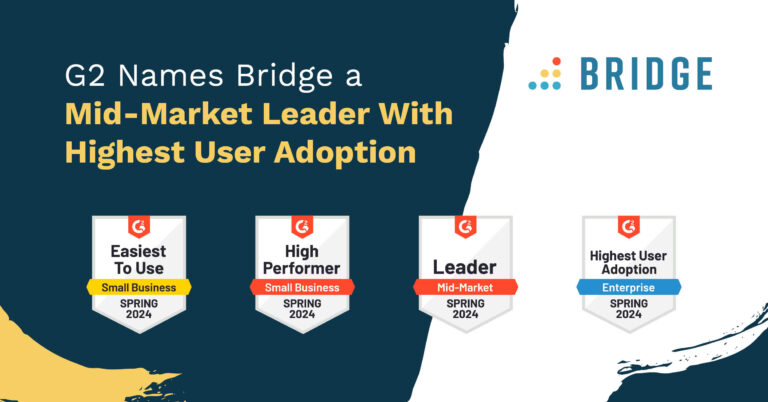It’s been a stressful couple of years. The global pandemic and resulting job uncertainty have had a huge impact. Tested as never before, the fragility of some businesses have been exposed, supply chains have been compromised, and critical systems have been stretched to breaking point. It’s important to remember, though, that it isn’t just systems and procedures that are feeling the strain—the greatest stresses are borne by your workforce.
The Effects of Workplace Stress on Employees
According to research by Oracle, 2020 was the most stressful work year in many people’s lives, negatively affecting the mental health of 78% of the global workforce.
It’s not just outside of the workplace where your employees are feeling the strain. The same report found that, as a consequence of stress, 85% are suffering from sleep deprivation, poor physical health, and reduced happiness at home. Their family relationships also suffered, and they are experiencing isolation from friends.
Stress in the workplace is having serious consequences for both employees and employers. Research from The American Institute of Stress found that stress can cause productivity declines through absenteeism: more than 275 million working days are lost annually due to stress. Stress also makes employees less productive, engaged, and more unhappy in general.
The Great Resignation
Workplace stress, in part, is also responsible for the large employee mass exodus, dubbed The Great Resignation. A 2020 study found that 76% of employees were burned out as a result of the strain they felt on their working conditions in 2020. Consequently, they’re leaving their jobs en masse, creating a serious problem. The answer to the issue is to listen to what’s causing the issue. What are they struggling with and how do you address this?
One of the most effective ways to combat workplace stress is by building a culture of resilience.
YOU MIGHT ALSO LIKE | ‘The Great Resignation: 3 Reasons Your Employees Are Quitting (Plus What to Do About It!)’
The Importance of Workplace Resilience
Workplace stress impacts the lives of employees, and it’s down to companies to address the issue. Having a resilient workforce is important for a number of reasons:
1. Resilient Organizations Are More Adaptive to Change
Resilient organizations can rebound and prosper after business disruption because good risk management makes them more resistant to the impacts of disruption. Furthermore, they’re adaptive, elastic, and sustainable.
Response, recovery, and contingency are the basis of resilience. Building a culture of resilience helps employees respond positively to stress factors in the workplace. This means that resilient organizations are able to better weather the storms and withstand the challenges of the ever-changing world of work.
2. Resilient Organizations Can Better Nurture Their Talent Pools
Resilience means that employees are more adaptable and open to opportunities for upskilling and personal growth. There are many benefits to this—an employee who can see the possibility of development is an employee who is more engaged. Upskilling could also mean that your company is not suffering the effects of a skills gap. Enriching your talent pool with ongoing training strengthens your company.
3. Resilient Employees Perform Better
Research from Aon in 2020 found that resilient employees are more likely to be highly motivated and enthusiastic about their work. They’re also more likely to be confident in their own capabilities, have greater levels of concentration, and be more satisfied with their work.
HANDPICKED FOR YOU | ‘Navigating the Perfect Storm: Creating Resilient Managers’
How to Build a Resilient Organization
Building a resilient organization doesn’t need to be difficult, it just takes a few simple steps.
To discover the five steps you should take—and the five you should avoid, download your copy of the ebook ‘5 Factors That Fuel a Resilient Workforce’.
Find a tool to help your business build resilience with Bridge LMS



